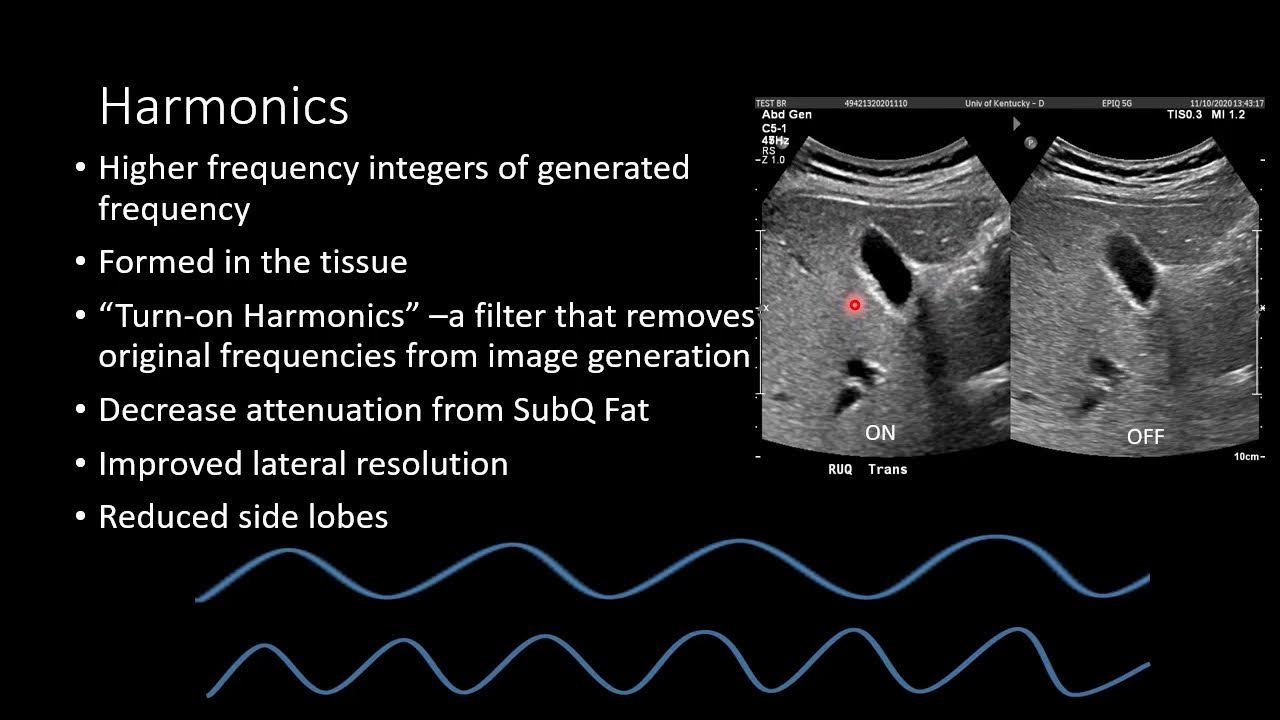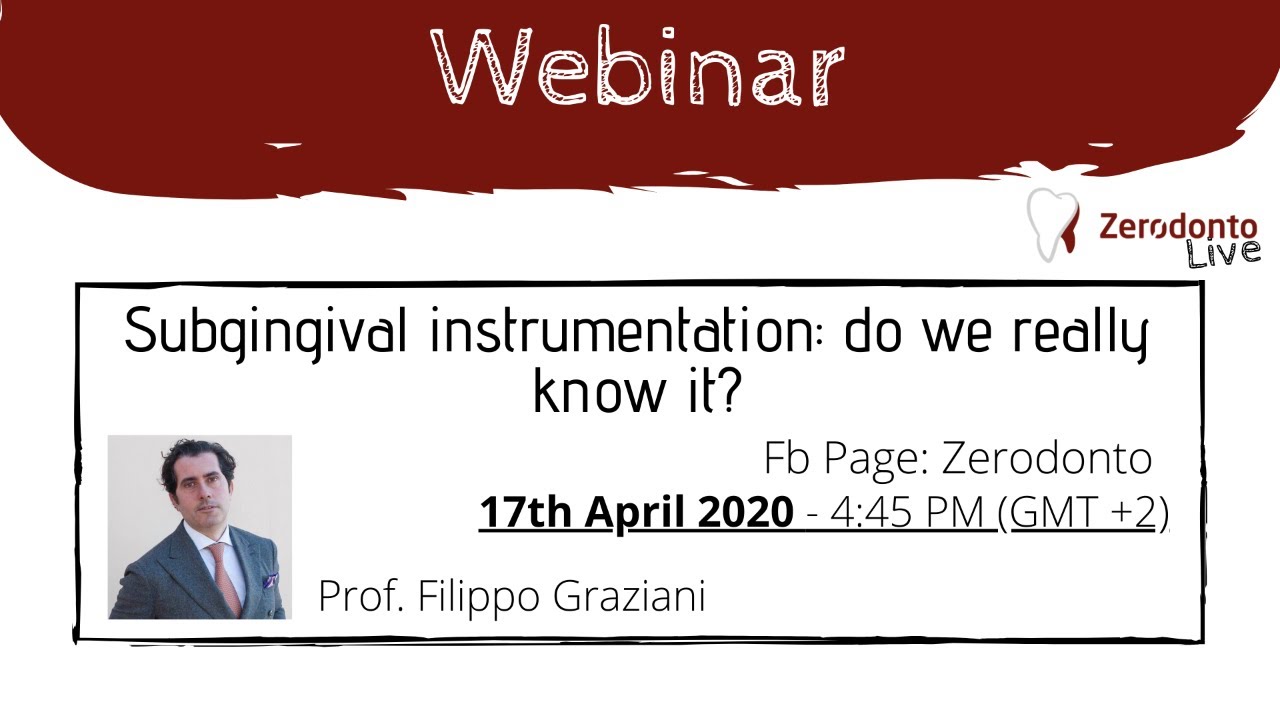Parameters to measure in ultrasonic transducer impedance analysis
TLDRThe webinar delves into the intricacies of measuring parameters using ultrasonic transducers and penis analysis, emphasizing the significance of impedance analysis for understanding transducer properties. The presenter discusses various instruments used for measurement, including LCR meters, impedance analyzers, and network analyzers, and highlights the importance of accurate measurement techniques. A live demonstration of measuring transducers using an oscilloscope is provided, showcasing the process and potential challenges. The discussion also touches on the calculation of the quality factor and the impact of unwanted resonant frequencies on measurements, offering valuable insights for those using ultrasonic transducers.
Takeaways
- 📈 Understanding ultrasonic transducer parameters is crucial for optimizing their performance and application.
- 🔍 Impedance analysis is a fundamental technique for evaluating the electrical and mechanical properties of transducers.
- 🎯 The resonance and anti-resonance frequencies are key indicators of a transducer's performance, representing the minimum and maximum impedance points.
- 🛠️ Accurate measurement of impedance requires the use of appropriate instruments such as LCR meters, impedance analyzers, network analyzers, or oscilloscopes.
- 🔧 Practical considerations for measuring transducers include the importance of connection stability and environmental factors, which can significantly affect the results.
- 📊 A comprehensive frequency sweep helps identify all resonances and provides insights into the mechanical structure's integrity and potential issues.
- 🔄 The phase angle of the impedance is a critical factor, with the expectation that it approaches -90 degrees for a capacitor-like response at resonance.
- 🤔 The quality factor (Q factor) is a non-dimensional number that represents the sharpness of the resonance and can be calculated using both resonance and anti-resonance frequencies.
- 🔄 For low Q and low coupling factor transducers, using the real part of admittance and impedance provides a clearer and more accurate measurement of the Q factor and resonant frequency.
- 🔧 The physical setup and handling of the transducer can introduce noise and affect the measurements, necessitating careful setup and potentially repositioning or reattachment of the transducer.
- 💡 It's essential to correlate mechanical and electrical data accurately, especially in finite element analysis (FEA), to ensure correct interpretation and application of transducer properties.
Q & A
What is the main focus of the webinar?
-The main focus of the webinar is to discuss the parameters used to measure ultrasonic transducers and their analysis, specifically impedance analysis and the importance of measuring these properties correctly for better understanding and utilization of the technique.
What are the key parameters measured in the context of ultrasonic transducers?
-The key parameters measured include impedance, resonance frequency, anti-resonance frequency, and quality factor. These parameters help in understanding the electrical and mechanical response of the transducer.
What is the significance of anti-resonance in the context of ultrasonic transducers?
-Anti-resonance is significant because it represents the maximum impedance of the transducer. It is an important parameter to measure as it, along with resonance frequency, helps in understanding the mechanical behavior and electrical response of the transducer.
What are the common devices used to measure impedance?
-Common devices used to measure impedance include LCR meters, impedance analyzers, network analyzers, and oscilloscopes. These devices can provide accurate and calibrated measurements, which are essential for proper analysis.
How does the quality factor (Q factor) relate to the performance of an ultrasonic transducer?
-The quality factor (Q factor) is a non-dimensional number that represents the efficiency of the transducer. A higher Q factor indicates better performance as it means less energy is lost in the system. It is calculated by dividing the resonance frequency by the bandwidth.
What is the importance of a frequency sweep when measuring ultrasonic transducers?
-A frequency sweep is important as it helps identify all the resonances in the transducer, not just the primary one. This can provide valuable information about the mechanical properties and potential issues with the transducer, such as broken parts or incorrect interface connections.
Why is it necessary to consider the phase angle when measuring impedance?
-The phase angle is crucial because it indicates the phase difference between the voltage and current signals. This information, along with the magnitude of the impedance, provides a complete picture of the transducer's electrical response, which is essential for understanding its overall performance.
How does the use of real components (conductance and resistance) in impedance analysis benefit low Q and low coupling factor transducers?
-Using real components in impedance analysis allows for a more accurate determination of the resonant and anti-resonant frequencies for low Q and low coupling factor transducers. This method provides a clearer and more reliable measurement, which is especially important for devices with less distinct resonance peaks.
What is the role of finite element simulation in ultrasonic transducer analysis?
-Finite element simulation plays a crucial role in providing detailed insights into the behavior of ultrasonic transducers. It helps in predicting the performance of transducers under various conditions and assists in the design and optimization process, leading to more efficient and effective transducer systems.
How does the physical setup or environment of the transducer affect its measurement?
-The physical setup or environment significantly affects the measurement of the transducer. For instance, holding the transducer in air can alter the resonance frequency and impedance values. Therefore, it is important to ensure that the transducer is placed in the intended environment or properly secured to avoid inaccurate measurements.
What is the significance of 3dB bandwidth in calculating the quality factor?
-The 3dB bandwidth is used to calculate the quality factor for high Q and high coupling factor transducers. It represents the range of frequencies within which the impedance drops by 3dB from its maximum value at the resonance frequency. However, for low Q and low coupling factor transducers, the half-power bandwidth method is more appropriate.
Outlines
📊 Introduction to Ultrasonic Transducer Parameters and Analysis
The webinar begins with an introduction to the importance of measuring parameters in ultrasonic transducers for better understanding and utilization of the technology. The speaker will discuss impedance analysis, the instruments used for measurement, and provide a live demonstration of measuring specific transducers. The goal is to help participants appreciate the value of data in improving the use of ultrasonic techniques.
🧪 Methods and Tools for Measuring Impedance
This section delves into the various methods for measuring impedance, including the use of LCR meters, impedance analyzers, and network analyzers. The speaker also discusses the benefits of these methods, such as high accuracy and standardization, and presents a live demonstration using an oscilloscope for voltage and current measurements. The emphasis is on the importance of accurate measurements for understanding the mechanical and electrical responses of transducers.
📈 Frequency Sweep and Resonance Analysis
The speaker explains the concept of a frequency sweep, which is crucial for identifying resonances and understanding the mechanical structure of transducers. The demonstration shows how to perform a frequency sweep and analyze the results, highlighting the significance of understanding the mechanical properties and potential issues with the transducer's design. The section also addresses the importance of having enough measurement points for accurate analysis.
🔍 Quality Factor Measurement and Considerations
This part focuses on the measurement of the quality factor (Q factor), which is a key parameter in understanding the performance of transducers. The speaker discusses two methods for calculating the Q factor: the traditional 3dB bandwidth method and the alternative method using the real part of admittance. The section emphasizes the importance of using the correct method, especially for low Q and low coupling factor transducers, to obtain reliable and consistent results.
🌐 Practical Tips for Accurate Impedance Analysis
The speaker shares practical tips for conducting accurate impedance analysis, including the challenges of handling transducers during measurement and the impact of external factors such as noise. The demonstration includes troubleshooting issues that may arise during live testing and offers solutions to ensure accurate and reliable data. The section concludes with a reminder of the importance of proper setup and environmental considerations for transducer testing.
Mindmap
Keywords
💡Impedance Analysis
💡Ultrasonic Transducers
💡Resonance Frequency
💡Anti-Resonance
💡Quality Factor (Q Factor)
💡Coupling Factor
💡Finite Element Simulation
💡LCR Meter
💡Oscilloscope
💡Network Analyzer
💡Piezoelectric Effect
Highlights
The webinar focuses on parameters to measure in ultrasonic transducers and penis analysis, emphasizing the importance of correctly understanding these properties for effective use of the technology.
Impedance analysis is introduced as a key method for evaluating ultrasonic transducers, with the speaker providing an overview of the process and the instruments used.
The concept of anti-resonance is explained as the maximum impedance point, which is crucial for understanding the performance and behavior of ultrasonic transducers.
The speaker discusses the use of various devices for measuring impedance, including LCR meters, impedance analyzers, network analyzers, and oscilloscopes, each with their own benefits and applications.
A live demonstration is conducted to measure ultrasonic transducers, showcasing the practical application of the理论知识 discussed earlier in the webinar.
The importance of finite element simulation using COMSOL is highlighted for providing clients with accurate results in combination with advisory services.
The speaker's company, Ultrasonic Advisors, is introduced, specializing in consulting for ultrasonic transducers and providing services such as finite element simulation help.
A detailed explanation of impedance and its significance in the context of AC measurements is provided, linking the electrical and mechanical response of the transducer.
The process of measuring the penis response is outlined, discussing the different devices and methods available for obtaining accurate impedance measurements.
A custom software built by the speaker for clients is showcased, demonstrating how it can be used to calculate impedance with a USB oscilloscope and a ground side resistor.
The concept of quality factor (Q factor) is introduced, explaining its relevance in determining the mechanical properties of the transducer and its resonance behavior.
The webinar includes a live demonstration of measuring a power transducer, illustrating the practical steps and considerations involved in the process.
The significance of conducting a large frequency sweep is discussed, explaining how it provides insights into the mechanical structure and potential issues with the transducer.
The impact of unwanted resonant frequencies on the performance of the transducer is addressed, emphasizing the importance of understanding and managing these frequencies.
The speaker shares expert tips on using the anti-resonance frequency for measuring the quality factor in cases where the resonance frequency has many spurious modes.
The concept of using real components for calculating frequencies and quality factors is introduced, particularly for low Q and low coupling factor transducers.
A live demonstration of measuring a buzzer is conducted, highlighting the challenges and considerations in measuring low Q and low coupling factor devices.
The webinar concludes with a discussion on the importance of measuring resonance and anti-resonance frequencies accurately, and the impact of incorrect measurements on the analysis of transducers.
Transcripts
Browse More Related Video

Ultrasonic Transducers - Measurements and Horn Design

Ultrasound Transducer (Part 2) Damping Block and Transducer Wiring | Ultrasound Physics #10

Loop Impedance

Ultrasound Physics - Image Generation

Ultrasound Physics with Sononerds Unit 12b

Subgingival instrumentation: do we really know it? - Prof Filippo Graziani LIVE
5.0 / 5 (0 votes)
Thanks for rating: